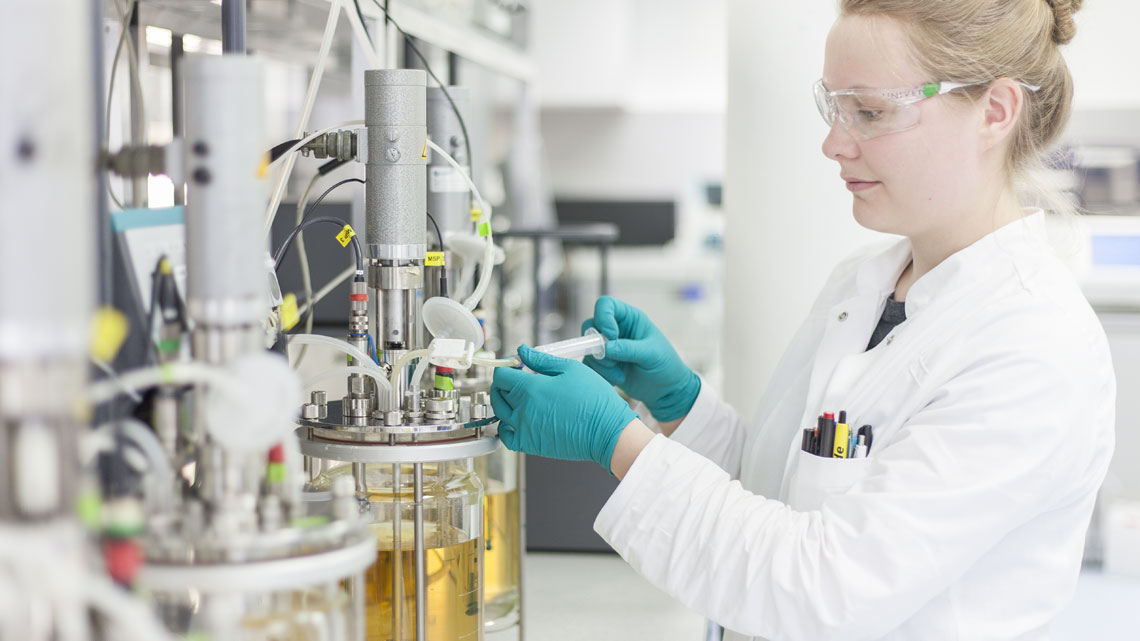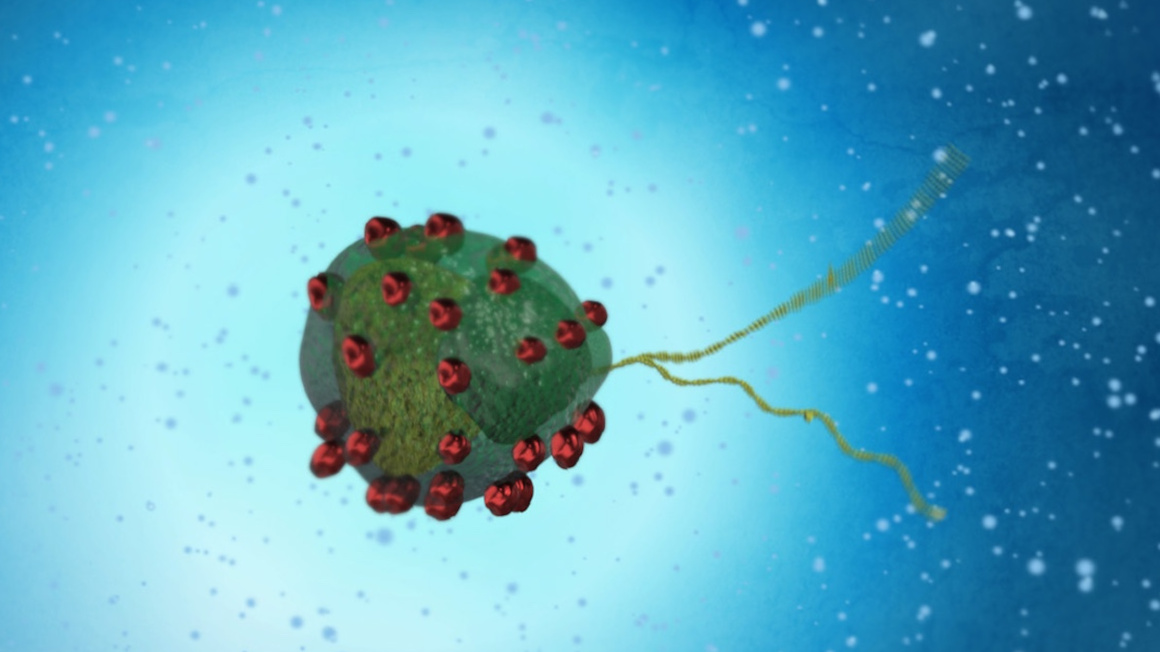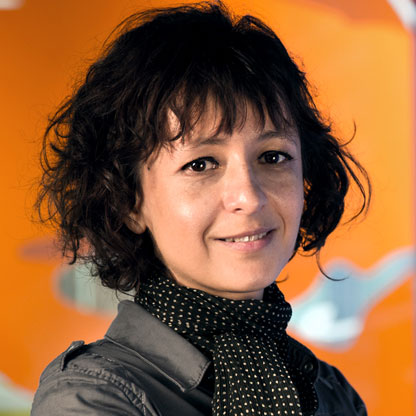
For the pharmaceutical industry, cells are little living substance factories. These provide the foundations for the production, among others, of biopharmaceuticals such as antibodies for the treatment of cancer or rheumatism. The starting point in such manufacturing processes is the development of a reliable and stable production cell line. Here, the cells of a production organism are genetically modified, and a selection is carried out of the cells that exhibit the desired properties. These are then isolated and multiplied. Xell AG, which was founded in 2009 in Bielefeld, has developed a technology based on defined chemical culture media that is aimed at this key process step.
New generation of cell culture media
To date, the biopharmaceutical industry and the field of cell research has predominantly made use of protein-rich calf serum as a supplement for cell cultures. However, these kinds of sera also involve the risk of contamination with animal viruses or potentially hazardous prions.
Moreover, the extraction of calf sera is ethically controversial and cost-intensive, while batches are sometimes of variable quality. Although protein sera are tried and tested in cell cultures, their complex components can complicate the work of biotechnologists if the culture media composition requires specific adaptation to the intended application.
The solution that is being pursued by Xell AG is the development of a medium that is specifically tailored to the requirements of single-cell cloning. This work was originally carried out within the framework of the “Culticlone” project. From 2012 to 2015, the German Federal Ministry of Education and Research (BMBF) funded the project with around €370,000 as part of the “SME Innovative: Biotechnology” funding initiative. The developed prototype represents a chemically well-defined formulation that is free of animal ingredients. “The medium is thus ideally suited for the initial development steps of cell lines used in the production of active ingredients,” says Sandra Klausing, who heads Xell’s Scientific Innovations team.
Topped up with biotechnologically-derived proteins
While other media for this particular application commonly make use of hydrolysates or serum and therefore do not represent the latest standards of technology, at Xell the developed medium is combined with a mixture of biotechnologically-derived proteins. Today, Xell AG is working on the finalisation of the formulation and has already taken the first steps towards the marketing of the products developed in the course of the project.
In a different SME Innovative project, Xell is working to further optimise cell culture media for eventual use in a broad range of applications. Using the technology developed in the ‘VECTURA’ project, previously insoluble or only slightly soluble components, as well as components that are difficult to formulate, are more easily incorporated into the nutrient solution and are thus taken up more efficiently by the cells. In work that was carried out together with the University of Jena, these ingredients are encapsulated in nanoparticles made of polymers. In the course of a bioprocess, the nanoparticles are absorbed by the cells, after which the cargo is released into the living factories. The BMBF has contributed €263,000 to this project.
Author: pg


